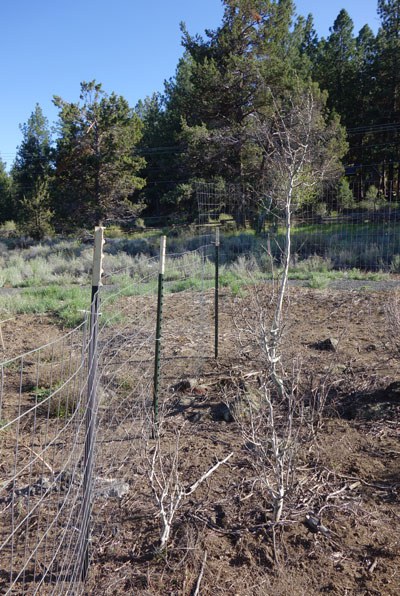The Land Trust recently created several protected areas for aspens in the Hindman Springs area of Camp Polk Meadow Preserve. Several small fences (or cages) are being used to protect young aspens from being heavily browsed by deer and elk. 
Aspens grow in colonies, sharing the same genetic material and spreading underground via rhizomes. Their root systems can be thousands of years old, even though the trees themselves only live 50-150 years. Without the ability to have younger trees replace the older trees, the colony will eventually die.
By protecting these young aspen, the Land Trust is giving these trees a chance to mature and grow strong. Aspens are amazing bird habitat for both resident and migratory birds. Two species that are especially fond of aspens are red-naped sapsuckers and downy woodpeckers, both of which can be found at Camp Polk Meadow Preserve. Aspen stands are also considered excellent wildlife habitat.


